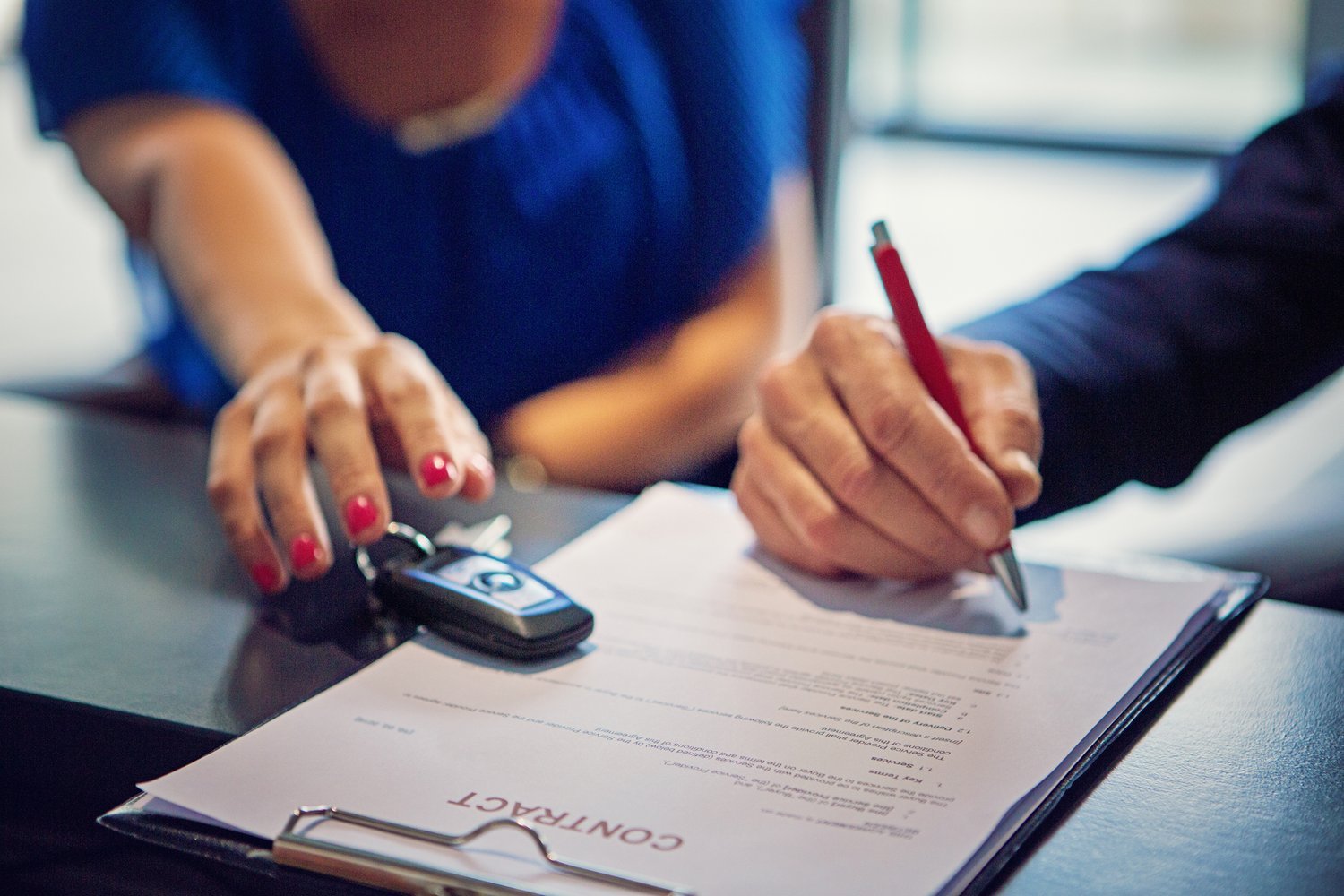Cons of selling your car yourself
Selling your car can be deceivingly simple, but there’s a lot that can go wrong. Here are a few reasons you may want to consider a trade in over selling on your own.
You’ll need to do all the work
When you sell your car yourself you’ll need to clean it up, advertise, meet with potential buyers, haggle when buyers offer way too low of a price and make up the bill of sales and any other purchase agreements. Depending on where you live, this can take a few days or a few months.
You still might not get the best price
Even after putting in a ton of work, you could end up taking a lower price than you wanted out of sheer desperation. For starters, most buyers will try to negotiate the price down. Staying strong and rejecting these offers can be more difficult than you might think.
Additionally, the longer your car sits for sale, the less you’ll get. If your ad has been up for months, potential buyers will want to know why. Is there an issue with how the car runs? Are you asking too much? You’ll need to have answers and be prepared to potentially lower the cost to get a serious buyer.
Selling on your own isn’t always safe
My personal #1 selling tip: avoid Craigslist if possible. There are so many alternatives (Facebook Marketplace being just one) that taking the chance of getting scammed on Craigslist just isn’t worth it. That said, even sellers with the best of intentions can find themselves in sticky situations. If you prefer to avoid meeting up with people, trading in your car may be a better option for you.







